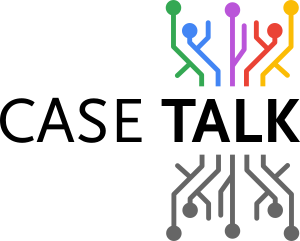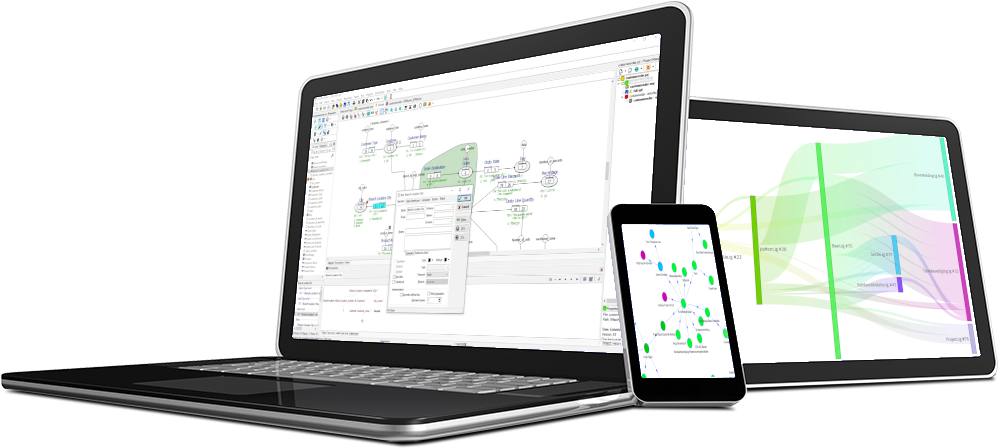All database models are derived from IT specifications. IT specifications come from analysts and designers, who get their information from future IT users. Both software and database need input from users. Database design is, in most cases, technically oriented through the use of artificial keys, additional indexes, etc.
The implementation details are for tuning performance by maintaining information and adding required security. They are database-system-dependent and are not so relevant to the original specification phase.
Once database systems are deployed it may prove to be very difficult to alter the design specifications. Good upfront design is therefor crucial and saves future costs and time.
Improving the original design to reduce future maintenance needs exact, valid specifications from future users. The more a user is involved with this phase, the chance of errors appearing decreases. The more your design is based on the verbalizations of your users, you have less of a chance to make errors within the design.
CaseTalk captures the original examples and verbalizations from users. Using this information, CaseTalk constructs a non-technical information model. In addition to this, CaseTalk can generate database scripts for several database systems and versions. While CaseTalk does not support a very technical level of database, tweaking and tuning the generated scripts can be used immediately, or used as a base for DBAs and other technical staff.


